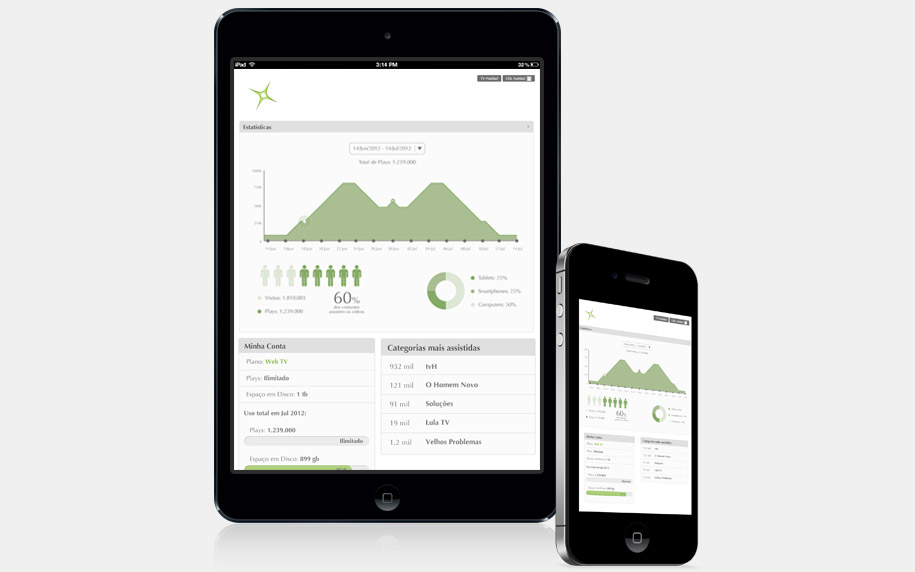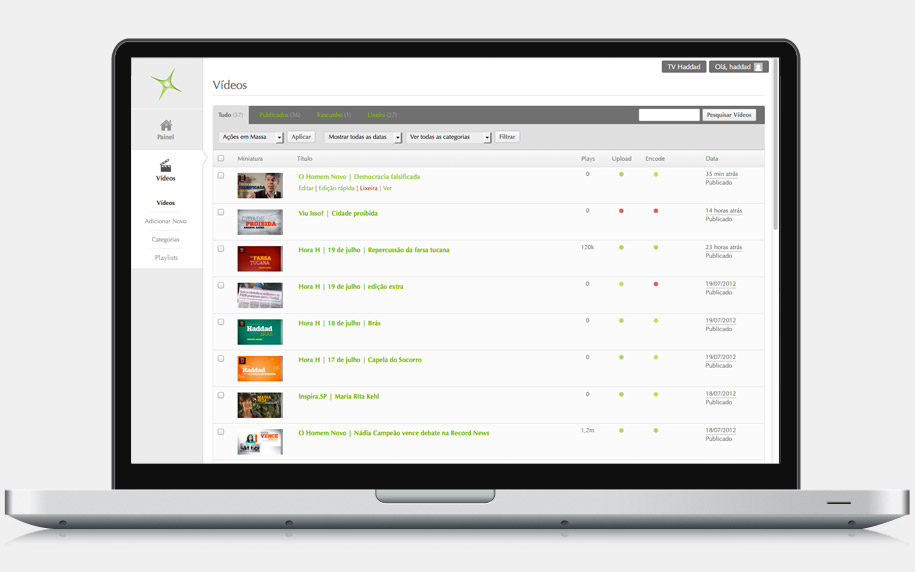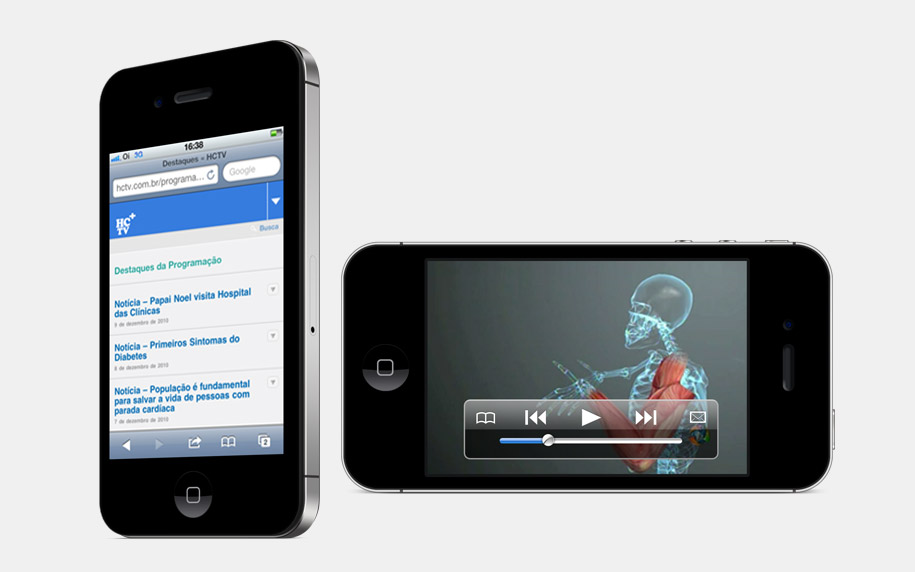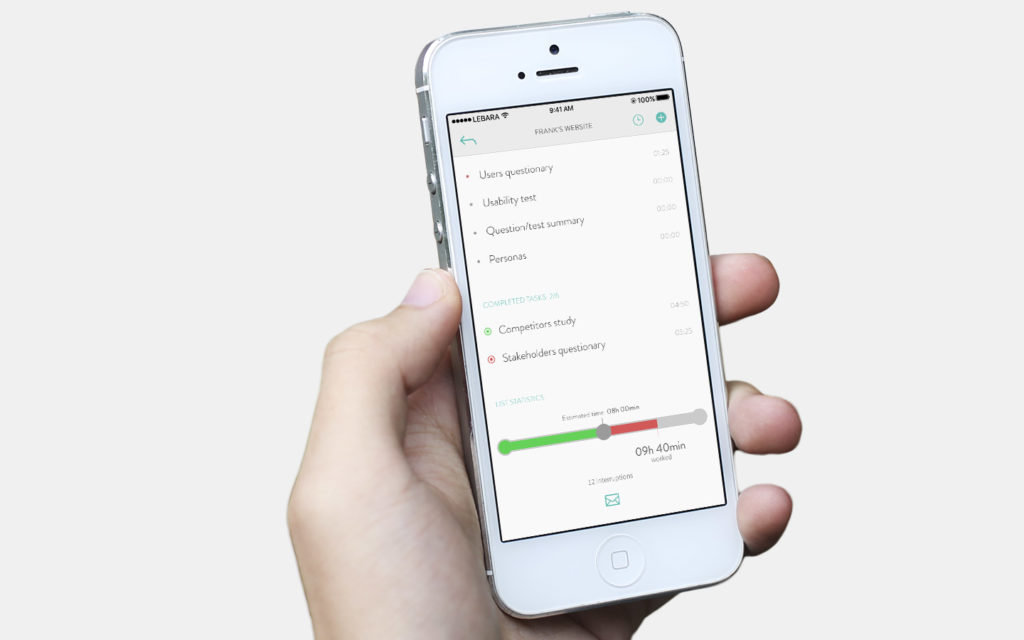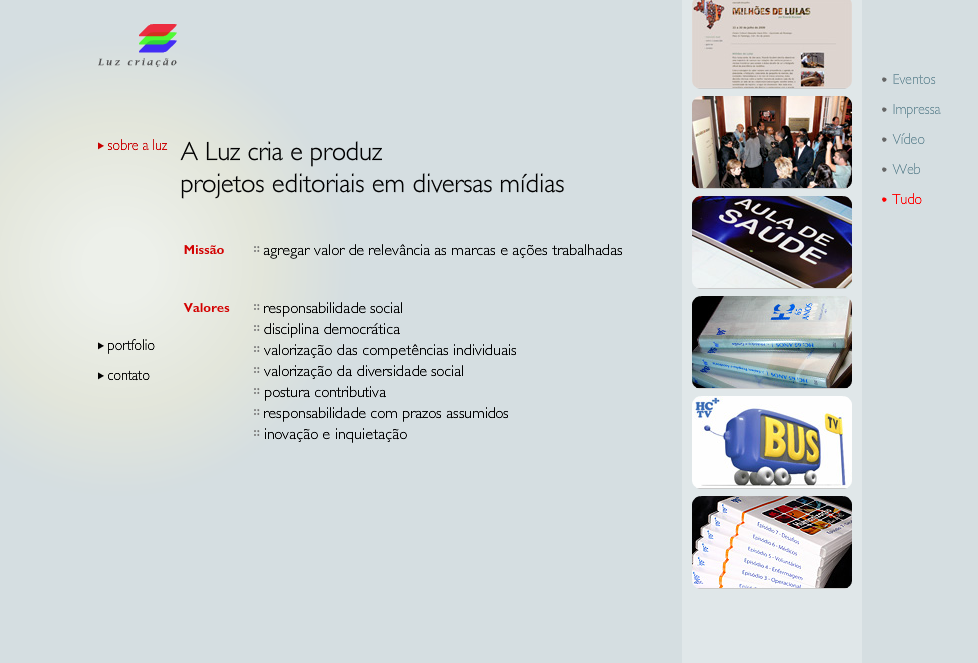As early as 2003, a friend of mine started researching the process of online video publishing. Later at Elumina we wrote a business plan, and we introduced it to some entrepreneurs and incubators in Brazil. We kept getting the same response over and over: “It is impossible to publish videos on the Web. It will take a long time until something like this happens.”
Even with the constraints, we continued the research. It wasn’t until November 2006 that Google bought Youtube, but right after that, we started getting calls from potential investors. In February 2007, we received the first investment, hired four Web developers and began to develop the project.
At the beginning of 2008, we had the product in our hands. Our first buyer was Hospital das Clínicas – SP, which is the largest public hospital in Latin America and employs 20.000 professionals. We created the project: HCTV.
Finally, in 2012, after implementing the platform for four more clients, we closed a deal to sell it to a Brazilian advertisement holding. We then shut the activities of Elumina as a group, so each one of us could focus on long-due solo projects.
The Team
- Dino Tudor (Web Developer)
- Fabian Rossetti (Web Developer)
- Fernanda Picablotto (Producer)
- Fernando Jacinto (Web Developer)
- Frederico Morbach (Motion Designer)
- Humberto Ribeiro (Web Developer)
- Joás Ferreira (Social Media Manager)
- Jean Dias (Motion Designer)
- Marcelo Blanc (Sound Designer)
- Paulo Barbeiro (Web Developer)
- Roberto Barbeiro (Business Developer)
- Roberto Perfeito (Media Planner)
- Sérgio Kuwahara (Motion Designer and Editor)
- Tatiana Bastos (Copywriter and Content Editor)
